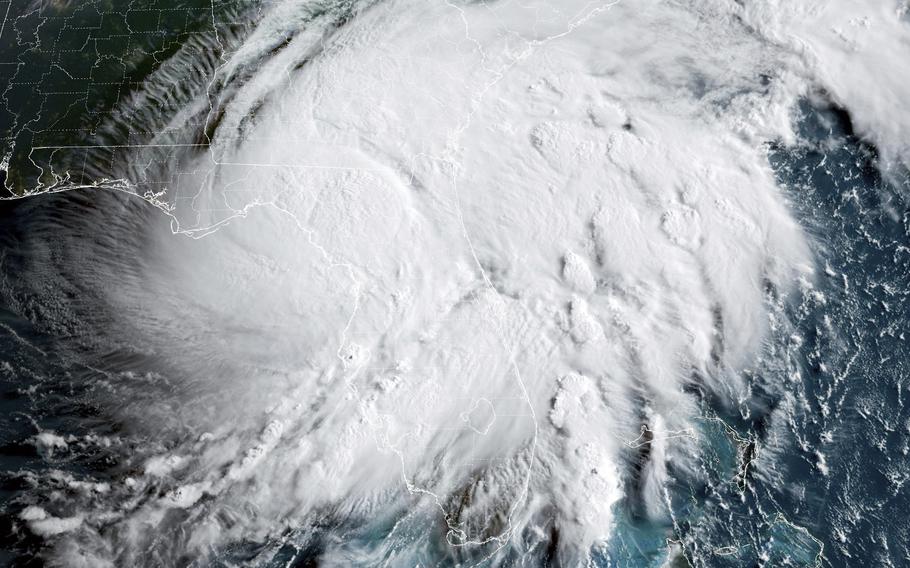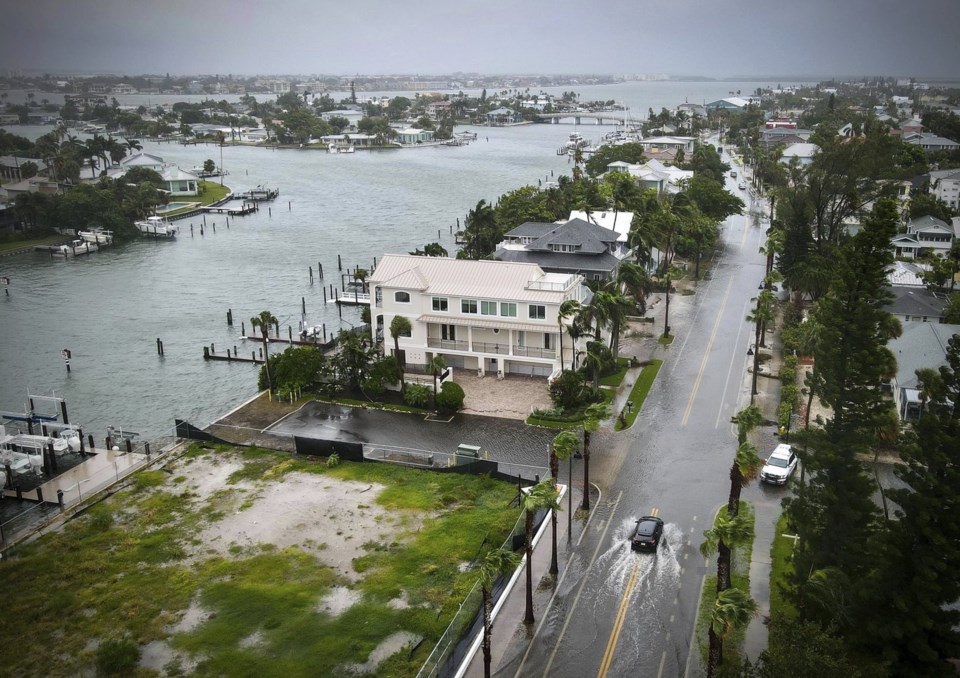Tropical Storm Debby’s Formation and Development: Tropical Storm Debby Hurricane

Tropical Storm Debby, a storm that left its mark on the southeastern United States, had its origins in a tropical wave that emerged off the coast of Africa. This wave, a disturbance in the atmosphere characterized by a trough of low pressure, traveled westward across the Atlantic Ocean, gathering strength as it interacted with favorable atmospheric conditions.
Meteorological Conditions Leading to Debby’s Formation, Tropical storm debby hurricane
The formation of Tropical Storm Debby was influenced by a confluence of factors that created an environment conducive to tropical cyclone development. These factors included:
- Warm Ocean Waters: The Atlantic Ocean’s surface temperatures in the region where Debby formed were significantly above average, providing the necessary heat and moisture for the storm’s initial development. Tropical cyclones require warm ocean water (at least 80 degrees Fahrenheit or 26.5 degrees Celsius) to fuel their growth.
- Low Wind Shear: The wind shear, the difference in wind speed and direction at different altitudes, was relatively low in the region. Low wind shear allows the storm’s thunderstorms to organize and intensify, leading to a more robust system.
- Pre-existing Disturbance: The tropical wave that served as the foundation for Debby provided a pre-existing area of low pressure and associated thunderstorms, which acted as a starting point for the storm’s development.
Tropical Storm Debby’s Path and Intensity
Tropical Storm Debby’s path took it from its formation in the central Atlantic Ocean to its eventual landfall along the coast of Florida.
- Formation and Initial Development: Debby initially formed as a tropical depression on June 21, 2012, near the Cape Verde Islands. The system moved westward across the Atlantic, gradually intensifying as it encountered favorable conditions.
- Strengthening into a Tropical Storm: On June 24, 2012, the depression strengthened into a tropical storm, earning the name “Debby.” The storm continued its westward track, gaining strength as it encountered warm ocean waters and low wind shear.
- Peak Intensity: Tropical Storm Debby reached its peak intensity on June 26, 2012, with maximum sustained winds of 65 mph (105 km/h). The storm was classified as a Category 1 hurricane on the Saffir-Simpson Hurricane Wind Scale.
- Weakening and Landfall: Debby began to weaken as it approached the Florida coast. The storm made landfall on June 27, 2012, near the city of Tampa, Florida, as a tropical storm with maximum sustained winds of 50 mph (80 km/h).
Factors Influencing Debby’s Intensification and Weakening
Several factors contributed to Tropical Storm Debby’s intensification and eventual weakening.
- Warm Ocean Waters: The warm ocean waters provided the necessary heat and moisture for the storm’s initial development and intensification. As Debby moved over cooler waters, its intensity decreased.
- Wind Shear: Low wind shear allowed the storm’s thunderstorms to organize and intensify. As Debby encountered higher wind shear, its thunderstorms were disrupted, leading to a weakening of the storm.
- Land Interaction: When Debby made landfall in Florida, it lost its primary source of energy – warm ocean waters. Friction with the land surface also weakened the storm.
Timeline of Key Events During Debby’s Development
- June 21, 2012: A tropical wave emerges off the coast of Africa and develops into a tropical depression.
- June 24, 2012: The depression strengthens into a tropical storm and is named “Debby.”
- June 26, 2012: Tropical Storm Debby reaches its peak intensity, with maximum sustained winds of 65 mph (105 km/h).
- June 27, 2012: Tropical Storm Debby makes landfall near Tampa, Florida, with maximum sustained winds of 50 mph (80 km/h).
- June 28, 2012: Tropical Storm Debby weakens and dissipates over land.
Impact of Tropical Storm Debby

Tropical Storm Debby, while not a major hurricane, still had a significant impact on several areas, leaving behind a trail of damage and disruption. The storm’s path and intensity caused widespread flooding, power outages, and structural damage, highlighting the vulnerability of coastal regions and the importance of preparedness.
Infrastructure Damage
The storm’s heavy rains and strong winds caused significant damage to infrastructure, particularly in areas with poor drainage and aging infrastructure.
- Roads and bridges were washed out or rendered impassable due to flooding and debris.
- Power lines were downed, leaving thousands of residents without electricity for days.
- Buildings, particularly older structures and those located in low-lying areas, suffered damage from flooding and wind.
The storm’s impact on infrastructure underscores the importance of maintaining and upgrading critical infrastructure to withstand extreme weather events.
Response and Recovery Efforts
Tropical Storm Debby, despite its relatively short lifespan, presented a significant challenge for communities in its path. Local, state, and federal agencies sprang into action, coordinating efforts to mitigate the storm’s impact and provide assistance to affected residents.
Emergency Response and Relief Efforts
The response to Tropical Storm Debby involved a multi-pronged approach, with various agencies and organizations playing crucial roles. First responders, including police, fire departments, and emergency medical services, were deployed to assist with immediate needs, such as evacuations, rescues, and medical aid. Search and rescue teams, often equipped with specialized training and equipment, were tasked with locating and rescuing individuals trapped or stranded due to flooding or other storm-related hazards. Disaster relief organizations, such as the American Red Cross, Salvation Army, and FEMA, provided essential resources like food, water, shelter, and medical supplies to those displaced or affected by the storm.
Tropical storm debby hurricane – Tropical Storm Debby, with its relentless rain and howling winds, brought a sense of unease to the coastal communities. But amidst the chaos, a glimmer of elegance could be found in the form of a silver dressing table chair , its intricate carvings and shimmering surface a testament to enduring beauty.
Even in the face of nature’s fury, a touch of refinement could offer solace, reminding us that grace can exist even in the midst of hardship.
Tropical Storm Debby’s relentless rain brought devastation, much like the relentless conflict in the Middle East. Navigating this complex landscape requires a steady hand, much like the role of the israel hamas leader in a region fraught with tension.
Just as the storm’s impact on Florida was widespread, the conflict’s effects ripple far beyond the immediate region, impacting global stability and security.

